The East Coast is navigating a 'Perilous Course' confronting climate change in real time
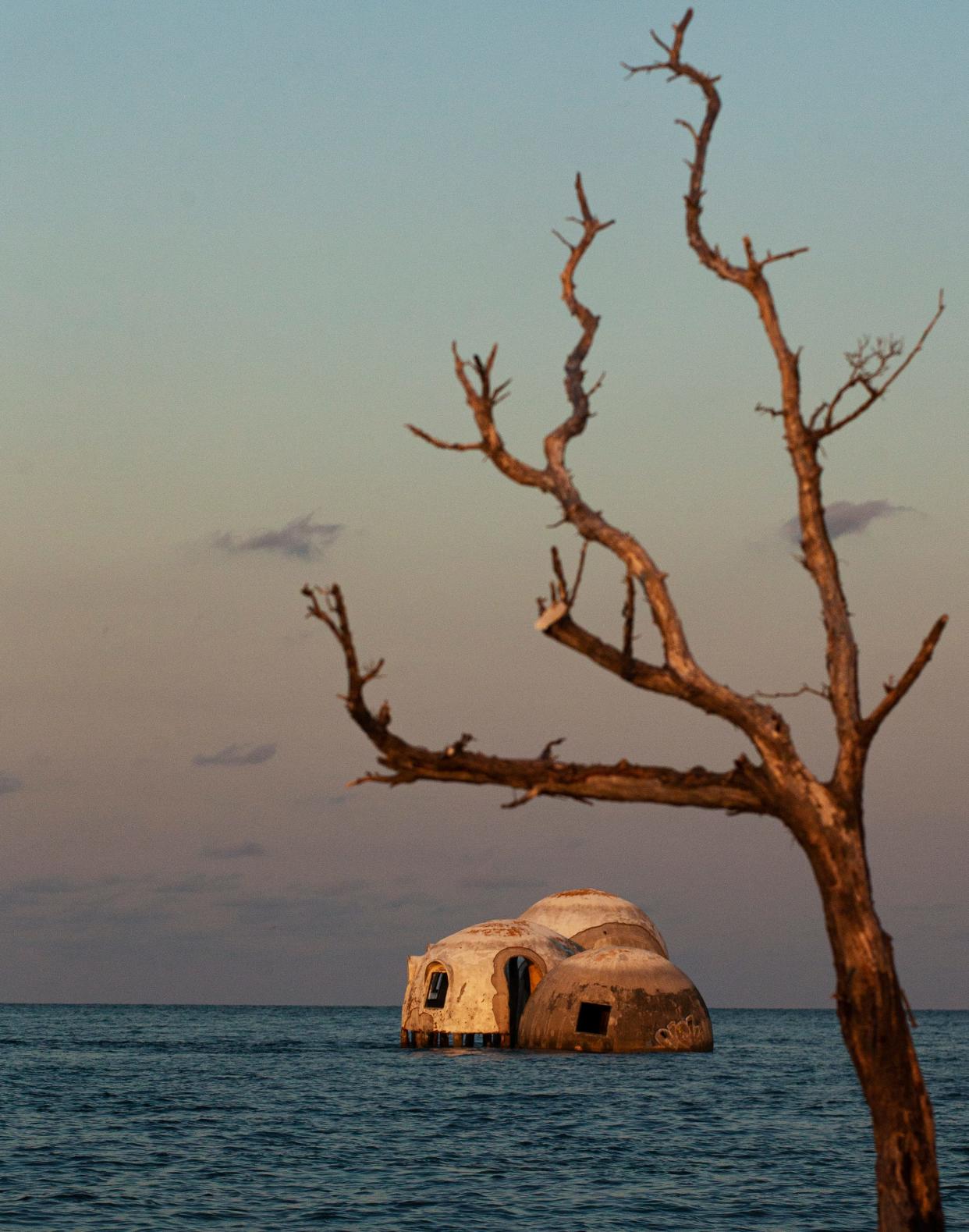
After murky water from the Mamaroneck River gutted the sanctuary, the rotting pews in First Baptist Church sat empty for months.
When the faithful returned, they wore whatever remained of their Sunday best. A blush pink blazer. A dress shirt buttoned tight around an Adam's apple. Ladies white gloves.
Some parishioners were still displaced from their apartments and houses, lives scattered across hotel rooms, shelters, friends' couches.
It was catastrophic, the parade of flood water that had penetrated the cramped streets of a neighborhood called the Flats, a small working-class enclave in New York's Westchester County.
A harbinger of the ominous climate shift barreling down on the East Coast — already very much here for many and set to worsen in the future — the neighborhood's majority mixed-race and lower-income residents have been pounded by flooding for years, and the situation is getting worse.
For one witness to the fierce power of the climate crisis, The Rev. James E. Taylor, the Northeast remnants of Hurricane Ida last year were hollowing.
“This one was the killer,” he said.

On the same night a deluge breached the church’s sacred chamber, a neighbor almost drowned in his basement apartment a few blocks away.
Randy Scott remembers the crushing pressure as he squeezed and squeezed his ribcage through a tiny above-ground window over his kitchen sink, narrowly escaping.
If he faced the same danger again, "I don’t know what I would do," said the renter whose family immigrated from Jamaica. “I may not be lucky this time.”
A team of USA TODAY Network reporters has been investigating how people up and down the East Coast are grappling with the climate crisis — from the natural disasters that grab headlines to the quieter forces gnawing at our personal stability, homes and livelihoods.
Journalists from more than 35 newsrooms from New Hampshire to Florida spoke with regular people this summer about real-life impacts, digging into the science and investigating government response, or lack of it.
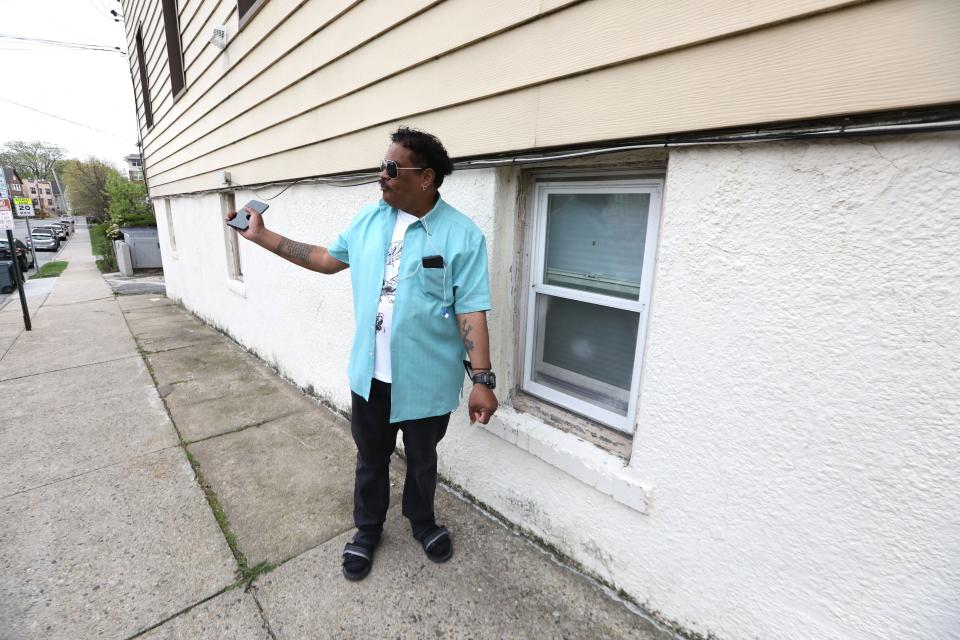
Raisa Brown saw human-made global warming at work in the Flats as water bubbled up close to her bed. The flooding swelled, rising and filling the space between sections of a cast iron radiator. Atop the mattress with her fiancé and 3-year-old son, Brown considered using a Swiffer or mop to row away.
Denys Hernandez and her three children couldn’t return to their home nearby for months, after neck-high water inundated their one-story house last year. They lost back-to-school clothes and ultrasound photos. A bunkbed collapsed under the weight of water. They were later denied federal disaster assistance, Hernandez said.
Ida's winds and rain were a postcard from the future — a reality that's arrived and intensifying. Cataclysms disrupting daily life and taking life: sweltering solar rays, deluges of rain and waves of river and ocean floodwater.
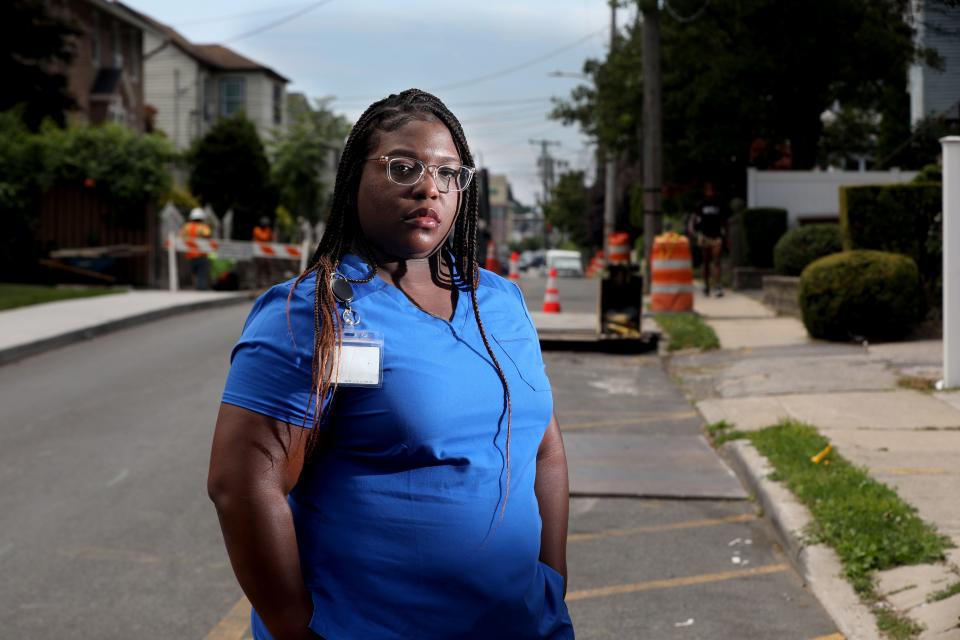
"We as a community, as a media, as policymakers and scientists, no longer need to refer to this in the future tense,” said climate expert Dr. J. Marshall Shepherd, a meteorologist and professor at the University of Georgia. “It’s here, it’s happening. We are living climate change."
As our team reported for "Perilous Course," we heard about hopeful innovations and collaborations in the face of these challenges. We also heard warnings from the people we visited. And in many cases, we heard a statement of defiance — individuals who refuse to simply be bystanders to the coming climate tragedy.
Much of the threat won’t be as instant as a hurricane, though those will certainly increase in intensity, experts say. Instead, it promises to be more insidious, gradually eroding lives.
A boat in the sea can change its course, depending on the will of those on board. But what if the boat is out deep, floating without much of a map? If the crew argues, more time is lost, and a consensus could come too late.
The ocean may not oblige an adjustment in direction.
East Coast faces sea-level rise, extreme heat and more
The East Coast is the legacy coast of the country. In the Northeastern region lived the Iroquois Confederacy — the Mohawks, Oneidas, Onondagas, Cayugas, Senecas and Tuscaroras — the oldest living participatory democracy on Earth, historians say. And then came the original 13 colonies of Great Britain, starting modern American civilization as we know it.
Today, the largest, highest-density and most diverse populations live in coastal cities. In a U.S. Supreme Court case this year, in her dissent to the West Virginia vs. EPA ruling, Justice Elena Kagan wrote that "parts of the Eastern seaboard (could be) swallowed by the ocean."
In the Chesapeake Bay region alone, more than 80,000 acres of forest have been turned into salt marsh in the last 150 years, according to research from the Virginia Institute of Marine Science.

Chief Donna Abbott of the Nause-Waiwash tribe sees striking reminders of once-abundant coastal landscapes on Maryland's Eastern Shore.
Where lush green woodland areas once spread for miles, "ghost forests” have formed. Natural graveyards, ghost forests are created when trees and vegetation are killed by saltwater intrusion.
Abbott's cultural tradition of trapping muskrat has been curbed. “Mother Earth is in distress,” she said. “And I think we have abused her for so many years, she's not doing well by us right now.”
The states along the Atlantic Ocean will be an all-consuming battleground for much of the national climate crisis response, evidence indicates — rivaling the water scarcity, wildfires and heat spikes that will draw resources in the West.
The East Coast suffers the most frequent coastal flooding and has experienced the largest increase in the number of flood days overall, the EPA says. Places like Bar Harbor, Maine, and Boston and Sandy Hook, New Jersey, tell the story.
In a National Oceanic and Atmospheric Administration analysis of 33 coastal sites in the country, those three locations have flooded the most often since 2011.
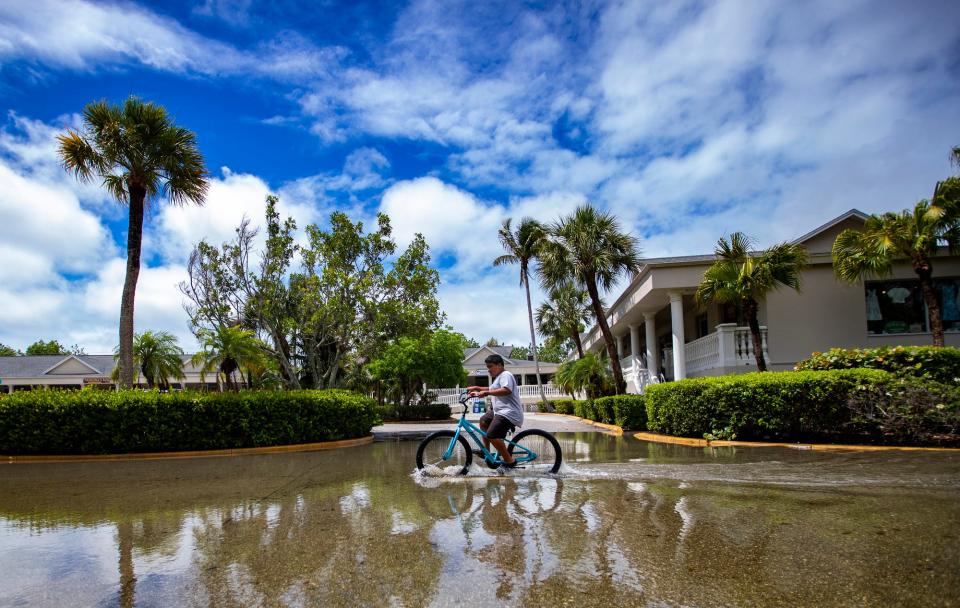
“On both sides of the Mason-Dixon line, what we considered extreme is going to become the new normal,” said Christopher Schwalm, risk director and senior scientist at the Woodwell Climate Research Center in Massachusetts. “It’s going to become part of our daily vocabulary."
Stretch all the way down the Atlantic Coast to Florida. It's a place where the shift in climate is being felt palpably. The state could be the one most imperiled in this century by climate crisis.
While sea levels are rising, the land surface along both the Atlantic and Gulf coasts of Florida is sinking. Scientists have predicted the southern third of the state could be underwater by 2100.
More: How a summer of extreme weather reveals a stunning shift in the way rain falls in America.
Compounding sea-level rise is the increase of extreme precipitation — dumps of rainfall that overwhelm infrastructure within short periods of time. Meanwhile, intense rain is expected to be punctuated by longer periods of drought.
We're entering a world of extremes.
Over the last 20 years, 10 states bordering the Atlantic Ocean have experienced five or more "wettest" or "driest" years on record, according to a USA TODAY analysis of records from NOAA's National Climatic Data Center. Rhode Island saw five of its wettest years, while Georgia saw four of its driest years and three of its wettest years.
The East Coast is getting hotter, too.
Newark, New Jersey, and Philadelphia both saw their second-hottest July on record this year. Heat waves are forecast to increase in potency and duration because of climate change and temperatures in the U.S. could rise 3-12 degrees by the end of the century, scientists say.
More: We created scorching 'heat islands' in East Coast cities. Now they're becoming unlivable.
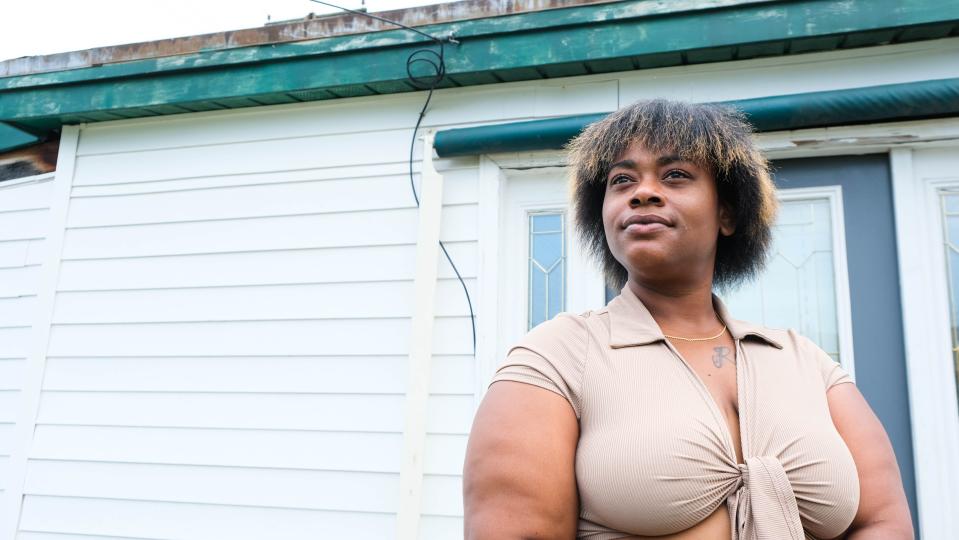
Flooding, heat waves, hurricanes
Perilous Course tells the stories of people grappling with climate change in real time.
In Petersburg, Virginia, Somalia Mason’s pandemic-era experience has been intertwined with suffering extreme heat in a little house passed down by her grandmother, and despairing over mounting, sometimes unpaid energy bills. The neighborhood is part of an urban heat island that has not been modified by local government to make it more livable.
Her 11-year-old son fainted because of the heat, and the family had to flee to a hotel once when the AC broke down.
Less than 300 miles south, but an entire world away economically, Glenda and Bill Browning huddled in 2020 on the top floor of Pelican Point, their beachfront home in Ocean Isle Beach, North Carolina.
While they clung to each other, a savage storm surge from Hurricane Isaias gushed through the house and decimated part of the downstairs.

“Your windows are bowing, you hear crashing under your house, and you don't know if the pilings are going to hold you,” Glenda Browning said.
The Brownings later moved out of their dream home for good.
In Virginia, Mason wanted to move, but needed to find a new job first.
Americans' sense of place — the comfort, safety and history that keep people glued to their cities and small towns — will be tested by climate change.
Matthew Hauer, an assistant professor of sociology at Florida State University, projected that 13.1 million people could relocate because of sea-level rise alone by 2100, potentially reshaping the U.S. population distribution and stressing landlocked areas.
Climate migration is still a taboo topic for the country, but experts say it could play a major role in adapting to the environment in the future.
Many Americans couldn’t imagine leaving home, even if those homes were flooding. The thought of relocation is gutting, grinding deep at one of the most natural human longings — home. It’s why people don’t “just leave” when a Category 5 hurricane is headed for their town.
“People who live in a particular place have lots of reasons for why they want to stay there, despite hazards,” said Elizabeth Fussell, a professor at Brown University. “They’re invested in communities by owning property, by having businesses, attending churches... and of course their network of friends and family.”
Another thing that holds people where they are is the past. Their history.

Up in Massachusetts, the climate crisis slammed Mary Nisula between the eyes when flooding hit the graves of her family.
The coastal cemetery chosen as their final resting place was being swallowed by sea-level rise — the ocean laying claim to beloved remains.
Nisula’s family plot is one of the closest to the shore, where her parents, sister and son are all buried under flat stones. Her son’s etched name was often underwater. He died unexpectedly in 2008, when he mixed alcohol and opioids after a bicycle accident.
“I just wished I was in my urn so when the waves took the rest of them out, they took me, too,” Nisula said.
'Warnings for the future': Inequity doesn’t bode well for climate resilience
Climate historian Dagomar Degroot studies how human populations have exhibited resilience, or not, in the face of climate changes over the course of time, specifically before instrumental records were kept.
In history lies “warnings for the future,” said Degroot, an associate professor of environmental history at Georgetown University, “when our societies begin to unravel as a result of climate change.”
His research focuses on people of the Dutch Republic in the 17th century and how they showed resilience, using changes in the environment to their benefit. Climate historians have also studied Indigenous people across the Americas and the 17th century Japanese in the same regard.
There’s a common thread. Societies that have exhibited the most resilience in a changing natural world had “low levels of social economic inequality or provided for their poor," Degroot said.
That finding doesn’t bode well for the United States.
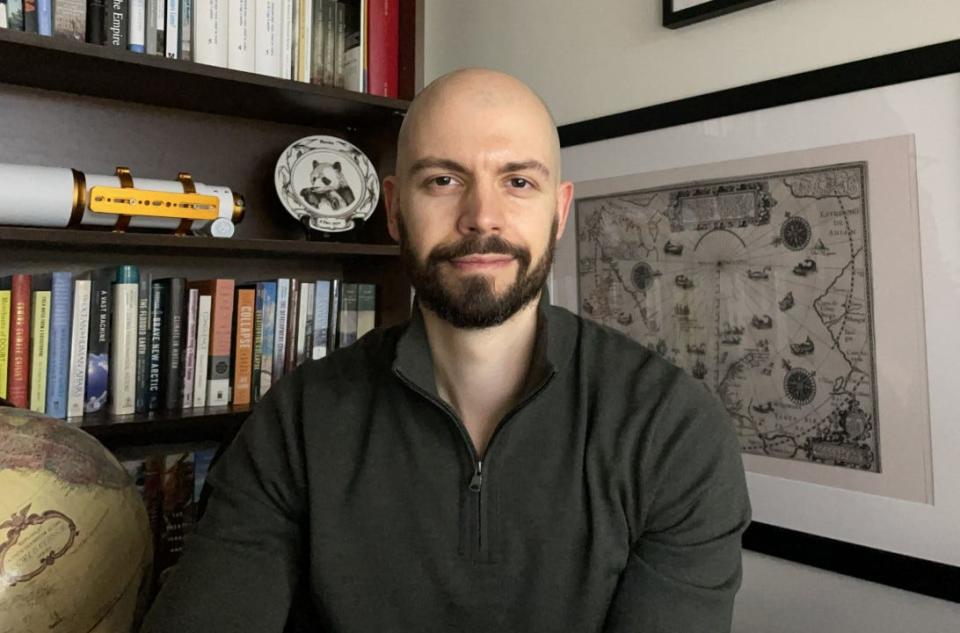
In many places, people of color with low incomes are hit hardest by climate shocks and extremes. A 2021 report by the EPA said Black people are most impacted by poor air quality, extreme temperatures and coastal and inland flooding.
There aren’t bars on Yolanda Lee’s windows at her public housing apartment in Yonkers, New York, but it still feels like a prison — as heat waves and rising temperatures have confined her indoors.
On hot days, the AC unit mounted in the 60-year-old’s living room window provides her only respite. She sits alone on her bed, watching CNN or making calls to family.
Outside, among the low-rise brick public housing building she’s lived in for six years, it’s empty in the courtyard and on crumbling sidewalks. There are no trees to break up heat-soaked asphalt and concrete. The benches meant for residents — who are typically Black, Latino, elderly and disabled — are exposed to the beating sun.
East Coast cities were shaped by federal redlining practices, when the government rated which neighborhoods were "risky" for mortgage lenders. The very communities outlined in red on the 1930s-era maps are the ones facing the worst climate and environmental hazards today. They're often the hottest, most flood-prone and most subjected to pollution.
Approximately 11 million Americans live in once-redlined areas, according 2017 data from the U.S. Census Bureau.
Experts have said the historic Inflation Reduction Act passed by Congress in August, which includes billions in environmental justice investments, gives them hope. But society might start looking beyond mitigation, and perhaps to a conversation most people don’t want to have: How will we truly live with climate change?
"Popular discourse is all about mitigation, and that’s really important,” Degroot said. “But especially on the East Coast, we need this deep adaptation. Not just building resilient infrastructure, but thinking of how we can alter societies so that they are capable of weathering climate change.”
You can do more than howl into the winds
In Rhode Island, Kufa Castro is an everyday person who did something. The fruits of his labor will combat the climate crisis long after he's gone.
When she wanted some outdoor time for her sons, Castro's mother used to drive them to a wealthy side of Providence, where tall trees just seemed to multiply, burgeoning with shade and greenery.
There, Castro always felt like they were visitors. Where they'd settled nearby after moving from the Dominican Republic, his family looked out at sprawling 19th-century red-brick factories surrounded by double- and triple-decker houses. Not trees.
The 35-year-old knows that those who most feel the heat also look like him.

During one of the many iterations of his career, Castro planted trees in areas that have seen disinvestment — trying to lift the gloom that he sees permeating neighborhoods like a specter. People are "screaming about how hot they are," he said.
The results of his effort can be seen in the many saplings around the cities of Pawtucket and Central Falls, almost 200 of them. They're identifiable by now-weathered yellow tags that announce: “NEW TREE IN TOWN.”
They were barely taller than a person when they were planted, a little scrawny and lonely looking at the edge of someone's lawn or a traffic island, with barely enough leaves to provide an umbrella's worth of shade. By the time the trees reach their canopy maturity in a few decades, though, they'll be providing these city streets with enough cooling shade to fill several football fields.
It may seem like a quiet act among a global calamity pulling efforts in countless directions, but it's one with tangible, long-term impacts. A child not yet born will one day find respite in the shade of Castro's trees.
The main USA TODAY Network reporters on Perilous Course include Hadley Barndollar, Eduardo Cuevas, Joyce Chu, Kelly Powers, Dinah Pulver, Matthew Prensky, Chad Gillis, Andrew West, Hannah Morse, Alex Kuffner, Kim Strong, Gareth McGrath, Megan Fernandes, Kimberly Miller, Ricardo Kaulessar, Marisa Mecke and Danielle Dreilinger. Monique Calello is the fact-checker, and Jeff Schwaner is the storytelling coach. William Ramsey is the project's editor.
TOP IMAGE: Waves lapped on the sides of the dome homes on Cape Romano in Collier County, Florida, in late June 2022. The homes were built on the beach on dry land in the early 1980s. Without ever moving, they found themselves several hundred feet offshore. Erosion, hurricanes and strong tropical weather contributed to the demise of the homes. Planners say that the homes should have never been built in this location due the changing landscape of barrier islands. Hurricane Ian took them under.
This article originally appeared on USA TODAY NETWORK: East Coast struggles as climate alters weather, neighborhoods, ocean
